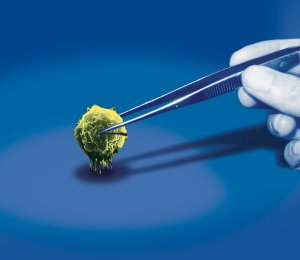Research
The Biophysics Laboratory develops and applies bionanotechnological tools to image, quantitate and control biological processes. The laboratories expertise is highly interdisciplinary and combines molecular and cell biology, biophysics, engineering, and nanotechnology. This expertise is focused towards answering pertinent questions in the systems biology of cellular membranes. Particularly we want to explore how membrane proteins work individually, how they work collectively, how this collectivity is guided by the cell and how membrane proteins comprehensively contribute to cellular processes. These expertise include the high-resolution imaging of biological processes from the cellular to the molecular scale, the quantification of the molecular interactions that drive cell biological processes, the manipulation and control of these processes at molecular precision, and the guiding of biological processes in multicellular systems. In the sub-chapters of this page we give a brief overview of high-resolution atomic force microscopy (AFM) imaging and force spectroscopy, which AFM-based tools we developed and how we apply them to address above questions. As it becomes clear that AFM-based tools can provide unique insights into molecular and cell biological systems, it is also clear that besides appplying AFM-based tools we apply highly advanced complementary methods and techniques to gain a comprehensive understanding of the biological systems addressed.
